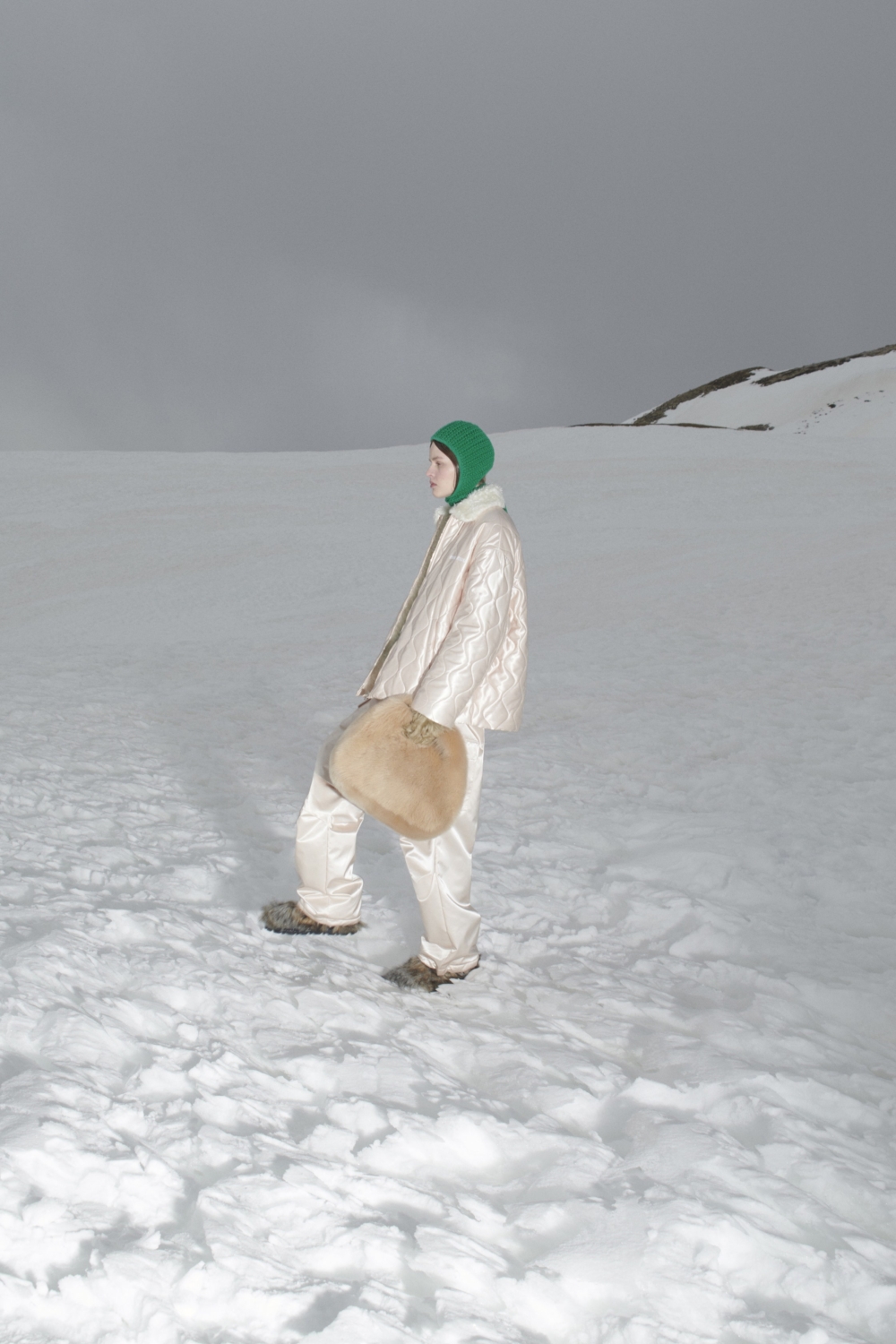The balaclava has been the defining trend of fall and winter 2021/2022. From runway ready-to-wear collections to crocheters on TikTok, the balaclava has come to dominate this season’s winter looks. While the balaclava feels like a new piece, this hooded look has lived a life imbued with complex socio-political connotations – many of which are still relevant today.
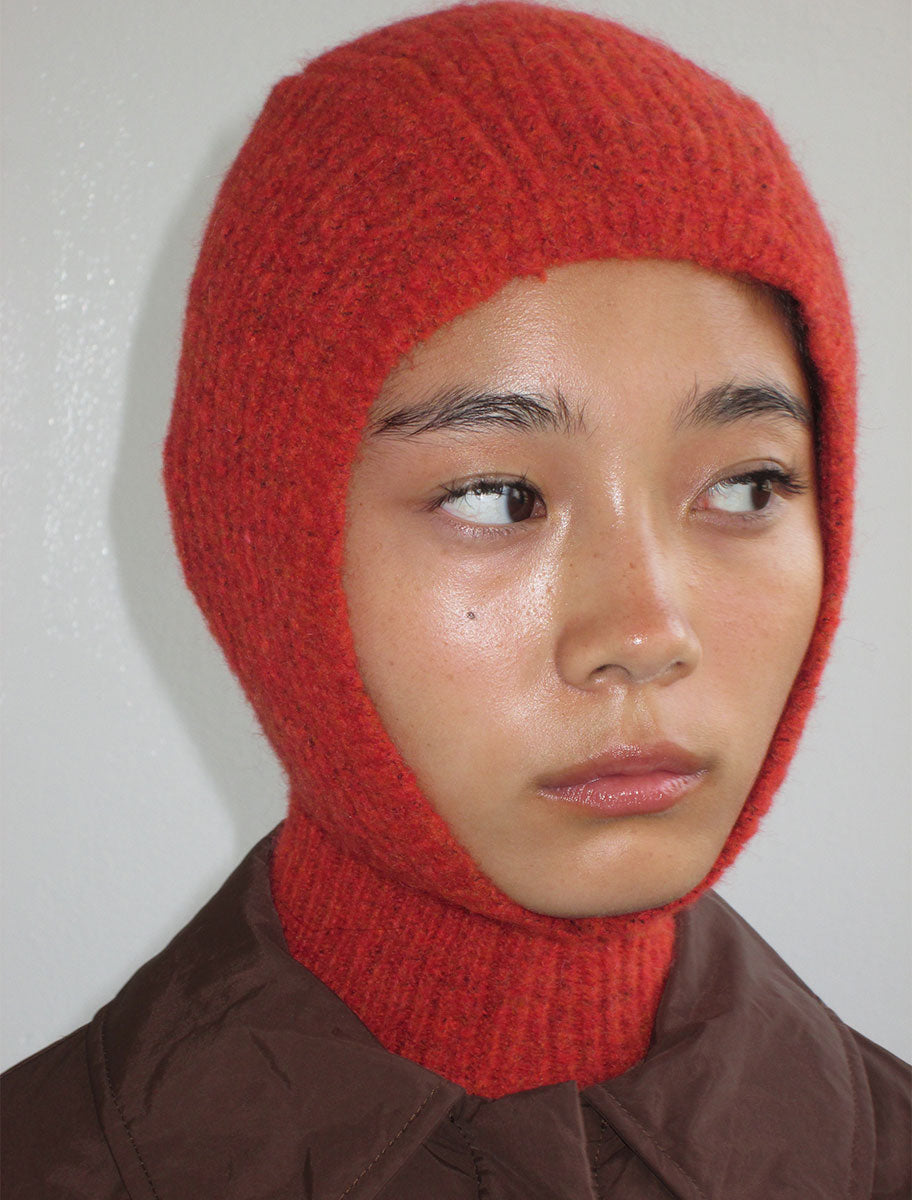
History of the Balaclava
Tight, head-hugging hoods often referred to as balaclavas typically evoke images of 20th-century warfare. The term balaclava comes from the town of balaclava located on the Ukrainian Crimean peninsula. According to the popular narrative surrounding this incident, the hooded mask was inspired by a battle that took place in Balaclava during the Crimean war of 1853-1856. It is said that the wives and girlfriends of soldiers took up the task of knitting full-headed hoods for men fighting in the brutally cold winter.
These ‘Balaclava’ hoods which traditionally had only small cutouts for eyes have been incorporated as part of a larger – and older Russian tradition of maskirovka or disguise. This term refers to the broader military tactic of besting your enemy through concealment or deception. As such, the balaclava has featured prominently throughout history in instances of political upheaval. While primarily a symbol of 20th century Eastern European militia movements the Balaclava has been found everywhere from police uniforms, to the Russian punk band PussyRiot, and to the IRA. Indeed, the balaclava has in many ways come to define the movement of guerrilla warfare that shaped the political landscapes of countless countries during the 20th century.
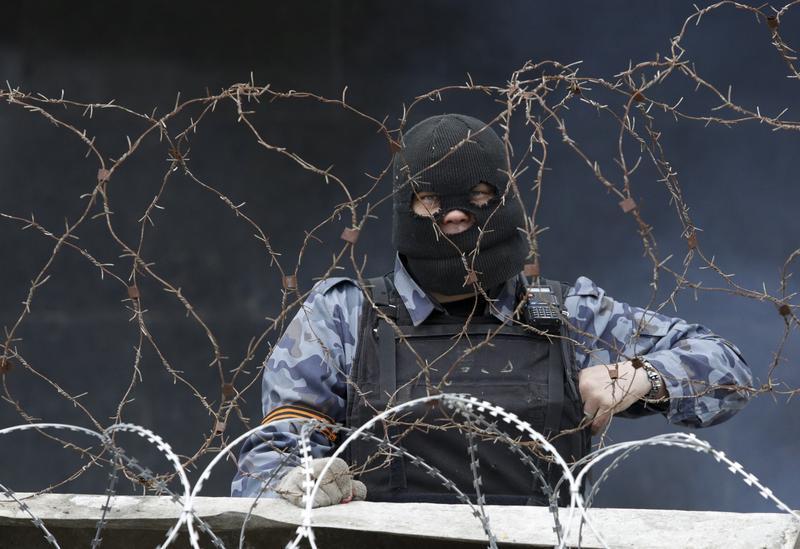
Politicization of Headcoverings
While the look has carried with it a revolutionary connotation, its co-opting by western design houses and fast fashion brands have largely eliminated that connection in popular consciousness – particularly in the minds of young people. Today the balaclava or similar face-concealing hoods can be seen on celebrities like Kim Kardashian who wore a mask that covered both her face and head to the 2021 met gala. Furthermore, knitted or crocheted head coverings are being celebrated by Tik Tok influencers and Depop sellers as a practical and accessible trend. While this may seem inconsequential, it should be noted that the popularity and praise for this clothing item that has been generated by largely young-white consumers have historically not been applied to the balaclava or other face/head covering garments.
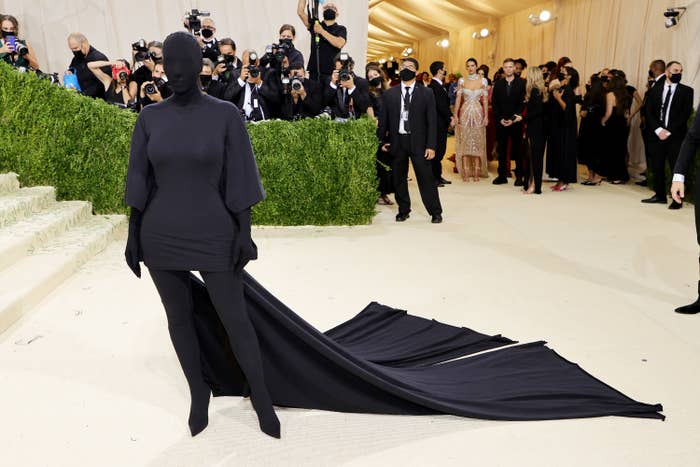
As white audiences lavish their praises upon Balaclavas many women who wear a hijab or niqab have expressed frustration with the positive reception this trend has received. The craze for Balaclavas seems to possess a double standard as simultaneous to this trend individuals in Quebec are legally prohibited from wearing religious head and face coverings to work.
As in Quebec, France has also taken political action to prevent Muslim women from wearing headscarves. A recent tone-deaf post from Vogue France which featured a picture of Julia fox wearing a head covering was criticized for its caption “yes to the headscarf.” This is merely one of many examples where head coverings have been embraced for white people but seen as threatening when worn by people of colour. A similar phenomenon can be seen with the popularity of hoodies in streetwear and skate culture. Wearing a raised hood has historically been associated by law enforcement and popular culture with criminal activity. This has had material consequences for racialized peoples. In 2018 a black teenager was arrested in a Memphis mall for wearing a hoodie. Today the hoodie is a staple of both high and popular fashion with brands like Dime, Supreme, and Palace selling an item that is criminalized for some as a luxury item to others.
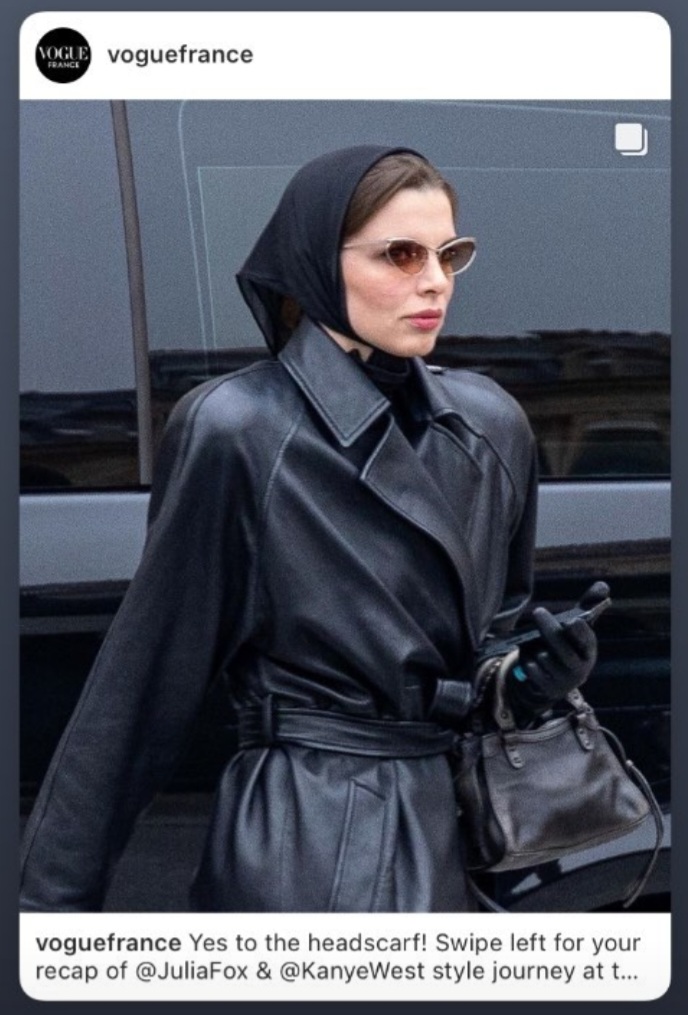
While the balaclava is in many ways a useful and fun trend, wearers should try to not divorce the garment from its contentious history. Furthermore, it should not be taken for granted that covering one’s face is more than just a trend for many.

Kate is an Editorial Intern at liminul.
She is a writer, photographer, and graphic designer based in Montreal. Kate is currently in her final year of her B.A. at McGill University where she is double majoring in history and art history.

